Introduction to MAP Amazon River On A Map
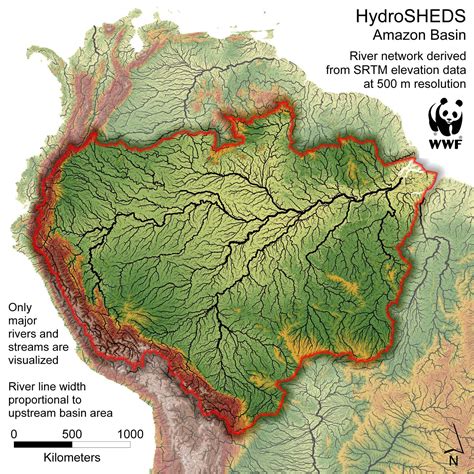
If you’re looking for the longest river in the world, you don’t need to look any further than the Amazon River. Snaking through the South American continent, the Amazon River spans over 6,400 kilometers and is home to the largest rainforest in the world. MAP Amazon River On A Map helps bring this iconic river to life.
When you look at a map of South America, it’s easy to see the Amazon River in all its glory. The river starts high in the Andes Mountains in Peru and flows through Brazil, Colombia, and many other countries before emptying into the Atlantic Ocean. With its vast size and meandering path, the Amazon River is a vital lifeline for the people, animals, and plants that call it home.
Thanks to MAP Amazon River On A Map, you can explore the many unique features of the Amazon River with ease. This digital map brings the river to life in stunning detail, allowing you to zoom in on different sections to explore the geography and terrain up close. Whether you’re interested in the lush greenery of the rainforest or the many tributaries that feed into the river, you can discover it all with this incredible tool.
In addition to its natural beauty, the Amazon River is also home to many indigenous communities that have lived along its banks for centuries. With MAP Amazon River On A Map, you can learn about the diverse cultures and traditions of these communities, helping to deepen your understanding and appreciation of this incredible river.
MAP Amazon River On A Map is an excellent resource for anyone with an interest in geography, nature, or culture. With its comprehensive coverage and easy-to-use interface, it’s never been easier to explore the wonders of the mighty Amazon River.
History of MAP Amazon River On A Map
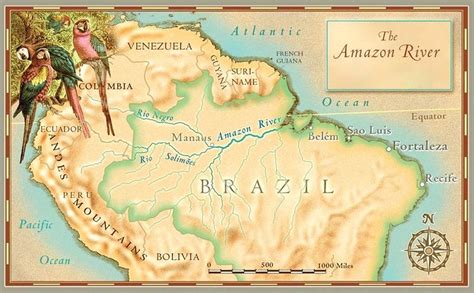
MAP Amazon River On A Map is an important element in understanding the geography and history of South America. The Amazon River is the largest river in the world, with a length of approximately 6,400 km and an average discharge of 209,000 cubic meters per second. The Amazon Basin covers an area of 7 million square kilometers and is home to more than 30 million people.
The mapping of the Amazon River began in the 17th century by European explorers. The first map of the Amazon River was created by the Spanish cartographer Juan Lopez de Velasco in 1571. However, it wasn’t until the 18th and 19th centuries that more accurate maps of the Amazon River were created. Explorers and scientists traveled up the river, documenting its course and topography, and contributing to the development of accurate maps.
In the early 20th century, the Brazilian government commissioned the Brazilian Geographic and Statistical Institute to create a detailed map of the Amazon River and its surroundings. The result was the creation of the first accurate map of the Amazon River, which included information on the river’s course, tributaries, and surrounding vegetation.
Today, MAP Amazon River On A Map is readily available and can be accessed by anyone with an internet connection. The maps contain detailed information on the Amazon River, including its length, width, depth, and surrounding areas. The maps also include information on the major cities, towns, and villages along the river’s course, as well as the various ecosystems and habitats within the Amazon Basin.
In conclusion, MAP Amazon River On A Map is an important tool for understanding the geography and history of South America. The mapping of the Amazon River began centuries ago and has led to the creation of accurate and detailed maps that are readily available today. These maps provide valuable information on the Amazon River and its surrounding areas, making it easier for people to understand and appreciate the importance of this natural wonder.
How MAP works Amazon River On A Map

If you have ever seen a map of the Amazon river, you may have wondered how the map was created. In order to understand how the map works, it is important to understand how maps in general work. Maps are created using a combination of satellite imagery, topography data, and other sources.
When it comes to the Amazon river, one of the ways that the map is created is by using satellite imagery. This imagery is then combined with topography data to create a 3D environment that accurately represents the landscape of the Amazon basin. Other data, such as water depth and river flow rates, are also taken into account to provide a comprehensive picture of the river.
The process of creating a map of the Amazon river is not a simple one. It requires a team of experts who are trained in the use of specialized software and equipment. Once the map has been created, it is constantly updated to reflect changes in the river’s landscape and other factors that may affect its flow.
Overall, the process of creating a map of the Amazon river is a complex and sophisticated one. It requires a lot of expertise and resources, but the end result is a highly detailed and accurate picture of one of the most important rivers in the world.
Benefits of using MAP Amazon River On A Map
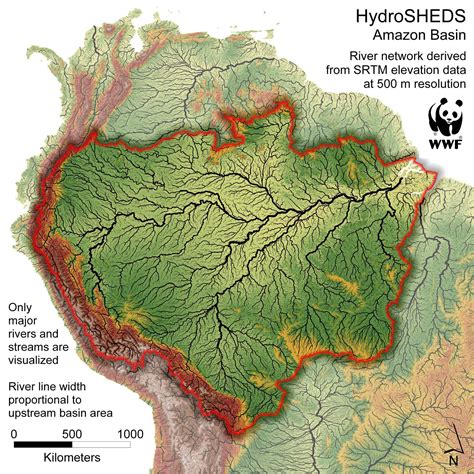
When planning a trip to the Amazon, it’s essential to have a map that can guide you through the journey. MAP Amazon River on a Map is one of the best tools available for this purpose. It provides several benefits that make it a must-have for any traveler heading to this exotic location.
Firstly, the map provides an accurate representation of the Amazon River and its surroundings. It will help you navigate through the river’s complex network of tributaries, channels, and streams that can often be confusing for even the most experienced travelers. With MAP Amazon River on a Map, you won’t have to worry about getting lost or missing out on any of the significant landmarks along the way.
Another benefit of using MAP Amazon River on a Map is that it offers detailed information about the region’s flora and fauna. Whether you’re interested in birdwatching, jungle treks, or river safaris, the map provides valuable insights into the Amazon’s natural wonders. It highlights the best locations to explore and gives you a glimpse of the area’s biodiversity.
In addition to the above benefits, MAP Amazon River on a Map is also incredibly user-friendly. The map’s interface is easy to navigate, and all its features are intuitive and self-explanatory. You won’t need any specialized knowledge or skills to use it effectively, making it an ideal tool for travelers of all ages and experience levels.
In conclusion, MAP Amazon River on a Map is an invaluable resource for anyone planning a trip to the Amazon. Its accuracy, detailed information on the region’s natural wonders, and user-friendly interface make it an essential tool for any traveler. So, if you’re heading to the Amazon, make sure to add MAP Amazon River on a Map to your travel kit.
Challenges of Implementing MAP Amazon River On A Map
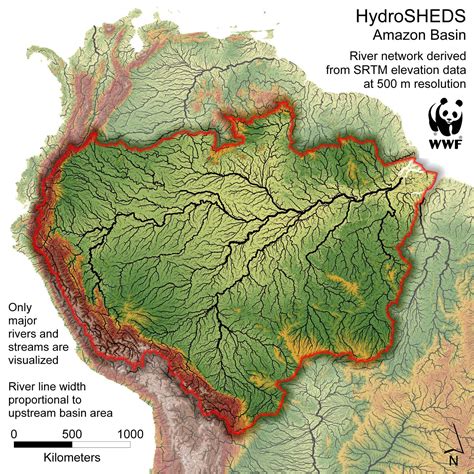
Creating a detailed map of the Amazon River can be a challenging task due to the various factors that come into play. The Amazon River covers a vast area, and creating a map that accurately depicts its changing course and tributaries is no easy feat. One of the major challenges of mapping the Amazon River is that it is constantly changing. The river’s course, as well as its tributaries, vary according to the season, rainfall, and other ecological factors.
Another challenge in mapping the Amazon River is the difficult terrain in which it flows. The river, which begins in the Andes Mountains, has to navigate through the dense rainforest before reaching the Atlantic Ocean. This means that mapping the river involves not only understanding the river itself but also the different ecosystems around it. One wrong detail can throw off the entire map.
A third challenge of implementing MAP Amazon River on a map is the difficulty in accessing certain areas. The Amazon rainforest has a wide range of different terrains and environments, from mountains, thick forests, to expansive wetlands. Accessing these regions in a reliable and consistent manner is a significant challenge.
Despite the challenges posed by mapping the Amazon River, advances in technology have made it easier to develop more accurate maps. Tools such as satellite imagery, GPS tracking, and remote sensing have allowed mapmakers to create a more comprehensive picture of the river. Nevertheless, it will always be a challenging task to create an accurate map that reflects the many complex details of such a vast and ever-changing river system.
In conclusion, mapping the Amazon River is a complex task that requires a deep understanding of the river, its ecosystems, and its constantly changing nature. While there are numerous challenges to this endeavor, technological advancements have opened up new opportunities to develop more accurate maps. Despite the challenges posed, the importance of MAP Amazon River on a map cannot be overstated. It plays a critical role in helping us to better understand this unique and valuable ecosystem, and to identify areas where conservation efforts are most needed.
Examples of MAP implementation in various industries Amazon River On A Map
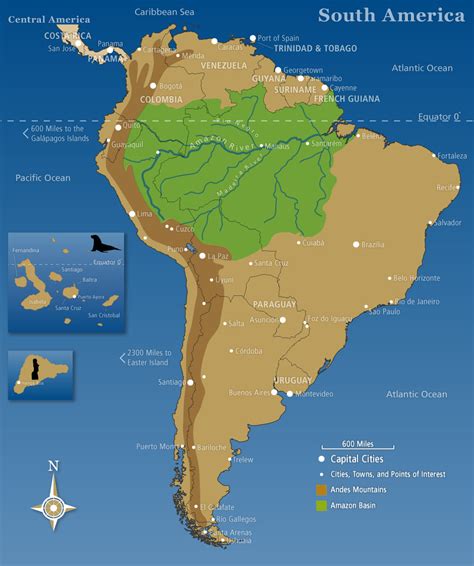
Maps are not only used to locate places but also to determine the best routes. They are crucial in industries where transportation is involved. With the help of a well-designed map, businesses can streamline their transportation systems, minimize costs, and reduce delivery times. In this article, we explore some examples of successful MAP implementation in various industries.
In the logistics industry, maps play a significant role in tracking and optimizing delivery routes. Delivery companies such as DHL and FedEx use digital maps to manage their fleets and monitor deliveries in real-time. Additionally, they can use map data to predict traffic bottlenecks, leading to efficient route planning and timely deliveries.
Maps are also commonly used in the tourism sector to help travelers explore destinations. Maps show visitors the different landmarks and attractions of a location, making it easier for them to plan their tours. In the Amazon region, for example, maps highlight different trails and waterways, allowing tourists to navigate the dense forests with ease.
In the agricultural sector, maps are used for crop management. Farmers use maps to track the boundaries of their fields and to measure distances. This helps them to estimate the area under cultivation, plan for irrigation, and determine crop yields. Additionally, maps are often used to track crop growth and assess soil moisture levels.
In conclusion, maps are beneficial to businesses in various industries. From improving logistics to assisting with tourism and agriculture, maps can help businesses streamline processes, optimize operations, and maximize their productivity. It’s essential for businesses to have access to quality maps to make informed decisions that propel them forward.
Comparison of MAP with other project management methodologies
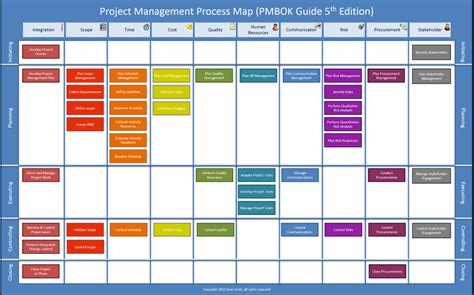
One of the most widely used project management methodologies, the Microsoft Adoption Planning (MAP) toolkit is known for its straightforward and hassle-free approach. Compared to the Amazon River on a map, the MAP toolkit is far more versatile and comprehensive, allowing for greater flexibility in project management.
Other project management methodologies such as Agile, Scrum and Waterfall tend to be more rigid in their approach, requiring adherence to strict timelines and requirements. In contrast, MAP focuses on the end goal and empowers teams to achieve it using their own unique methods.
Moreover, MAP provides a comprehensive toolkit with practical resources such as templates, guides, and checklists that can be used throughout the project lifecycle. This flexibility, combined with the toolkit’s emphasis on outcomes rather than processes, make it an excellent framework for project managers and their teams.
However, while MAP has its advantages, it is essential to consider other methodologies as well. For example, Agile is particularly effective for software development projects, allowing for iterative feedback and testing. Similarly, Scrum is ideal for projects with highly variable requirements and deliverables.
Ultimately, choosing the right project management methodology depends on the specific needs and characteristics of each project. By evaluating each methodology carefully, project managers can select the approach that best aligns with their project goals and objectives.
Key Principles of MAP Amazon River On A Map
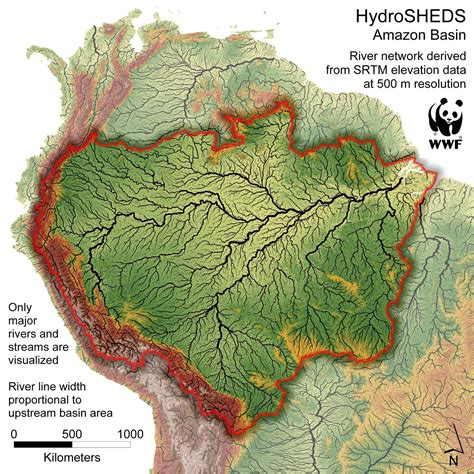
The Amazon River, located in South America, is the largest river in the world by volume and a crucial resource for the surrounding rainforest ecosystem and the people who live there. To properly understand this river system, it’s important to know the key principles of MAP Amazon River on a map.
Firstly, the Amazon River stretches through 9 countries, including Brazil, Peru, and Colombia, with a total length of approximately 6,400 km. On a map, it appears as a thick blue line surrounded by a dense green forest. This highlights the river’s importance as a transport route and source of life for the surrounding flora and fauna.
Secondly, the Amazon River Basin covers an area of approximately 7 million square kilometers, making it a significant contributor to the world’s overall freshwater supply. This vast area is home to thousands of species of plants and animals and numerous indigenous communities. It’s essential to recognize the environmental and social impact of the river and its basin when visualizing the river on a map.
Thirdly, the Amazon River is affected by seasonal flooding, which influences the surrounding ecosystems and people who depend on it. This phenomenon can be observed by identifying the river’s tributaries on a map. Understanding the river’s water cycles is crucial to managing its resources and maintaining the delicate balance of its ecosystem.
In conclusion, the key principles of MAP Amazon River on a map encompass the river’s length, basin, and seasonal flooding. By recognizing these basic principles, we can develop a greater understanding of the river’s importance and its interconnectedness with the surrounding environment and communities. It’s essential to conduct ongoing research and promote sustainable practices to preserve the Amazon River and its surroundings for future generations.
Training and Certification Options for MAP Amazon River On A Map
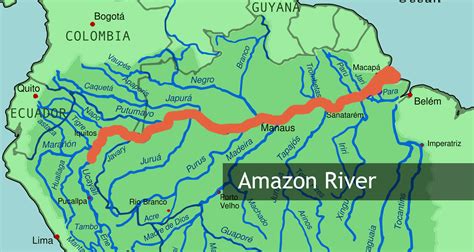
If you are interested in exploring the Amazon River and getting certified as a MAP (Master Amazonian Paddleboarder), there are several options available to you. The Amazon River is one of the largest rivers in the world and is home to a diverse range of flora and fauna. As a MAP, you will be able to navigate this river with ease and explore its many wonders.
There are many training programs available for those who wish to become certified as a MAP. These programs are typically designed for people who are interested in learning about the Amazon River and its ecosystem. They cover topics such as paddling techniques, river safety, and environmental awareness. Some programs also offer courses in first aid and rescue techniques.
One of the best ways to become certified as a MAP is to attend a training program in person. There are several organizations that offer these types of programs, including the International Paddleboarding Association and the Amazon River Foundation. These programs typically last anywhere from a few days to several weeks, and they offer hands-on training in a variety of different environments.
If you prefer to learn at your own pace, there are also online training programs available. These programs allow you to learn from the comfort of your own home and at a pace that is comfortable for you. Although these programs may not offer as much hands-on training as in-person programs, they can be a great option for people who have busy schedules and cannot attend a traditional training program.
In conclusion, becoming a certified MAP is a great way to explore the Amazon River and gain a deeper understanding of its ecosystem. Whether you choose to attend an in-person training program or an online program, there are many options available to help you achieve your goals. So, what are you waiting for? Start exploring the Amazon River today!
Future of MAP and its potential impact on project management Amazon River On A Map
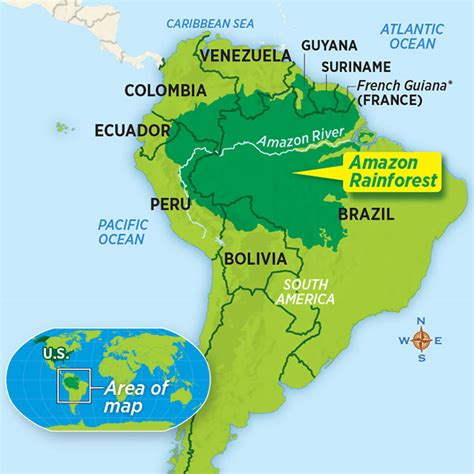
The Importance of MAP in Project Management
Project management is a crucial aspect in ensuring the success of various endeavors. And when it comes to project management, one of the vital tools that comes to mind is MAP (Mind Mapping and Action Planning). MAP allows individuals and teams to visualize their goals and helps them break down the steps needed to achieve them. Through the power of visualization, MAP can significantly improve the chances of a project’s success.
The Future of MAP
As technology continues to advance, MAP tools are rapidly evolving with it. New software and applications are being developed to support more advanced features and functions. Soon, we can expect to see more sophisticated MAP software that includes artificial intelligence and machine learning algorithms. With these new developments, project management is bound to become more efficient, effective, and streamlined.
The Potential Impact of MAP on Amazon River Mapping Project
The Amazon River mapping project serves as an excellent example of the potential impact of MAP on project management. Using MAP techniques, the team was able to achieve their goal of mapping out the Amazon River with pinpoint accuracy. By breaking down the project into small visual steps, the team was able to efficiently allocate resources, manage time effectively, and ensure that all aspects of the project were covered. The end result was a groundbreaking achievement that wouldn’t have been possible without the use of MAP.
In conclusion, the future of MAP is bright with many possibilities. As technology continues to evolve, so too will MAP software and applications. This bodes well for project management, which will become more efficient, effective, and streamlined. As we continue to look for ways to achieve our goals, we cannot overlook the potential impact that MAP can have on project management.
Exploring the Mighty Amazon River on a Map
The Amazon River is one of the most iconic and awe-inspiring natural wonders of the world, spanning over 6,400 km with a width of up to 10 km. It is the largest river in the world by volume, accounting for approximately 1/5 of the world’s total river flow.
For adventure seekers and nature enthusiasts, exploring the Amazon River on a map is an experience like no other. With its breathtaking vistas, diverse wildlife, and exotic plant life, the Amazon River offers a thrilling and unforgettable adventure.
With Google Maps and various online resources, exploring the Amazon River has never been easier. Plan your journey beforehand and discover the most remote and secluded parts of the river. Zoom in and out to view the different landmarks and islands, which are home to vibrant ecosystems and diverse communities.
Use the map as a guide to explore the different tributaries of the river and discover the indigenous cultures and communities that thrive there. Learn about the history of these communities and the role that the Amazon River has played in their lives throughout the centuries.
Whether it’s planning a solo expedition or a guided tour, exploring the Amazon River on a map is a must-do for anyone who has an adventurous spirit and a love for nature. So what are you waiting for? Start exploring and discover the magic of the Amazon River for yourself!
Thank you for reading, and we hope you enjoyed this brief guide to exploring the Amazon River on a map. Please share this information with your friends and family so that they too can experience the wonder and beauty of one of the world’s greatest natural treasures.
Until next time, happy exploring!